Wells & Lambe
John Wells was a pocket-book manufacturer based at 34 Cockspur Street. After his death in 1804, his two children, Thomas and Elizabeth Wells, having both apprenticed with him, continued the business under the name of J. Wells & Co.
John Lambe began working as a pocket book manufacturer and silversmith. In 1809, John Lambe married Elizabeth Wells, John Wells’ daughter, acquiring her share of the J. Wells & Co business; it is their collaboration and partnership that became known as Wells & Lambe. Their business was first documented in 1811, having a manufactory and shop based at 29 Cockspur Street, with a second shop at 44 New Bond Street, London. Initially working as jewellers, silversmiths and pocket-book manufacturer’s, Wells & Lambe soon expanded their repertoire, specialising in copying machines, portable writing desks (writing boxes, as we know them today) and dressing cases.
They quickly gained a very good reputation for the quality of their workmanship, thus attracting a very exclusive clientele. Their customers included the Dukes of Wellington, York and Cumberland, the Prince of Wales, Queen Victoria, and almost all of her children. Lord Byron, true to form, went on a spending spree at the shop in 1813 following the attempted suicide of his spurned lover, Lady Caroline Lamb. Byron was documented as having purchased, “…a pocket-book, a mahogany dressing case lined with rich velvet, and a portable desk with secret drawers.”
John Lambe and Elizabeth Lambe (née Wells) had seven children; the eldest of which, John Wells Lambe, began working for the business in 1827. That same year they ceased trading on New Bond Street and continued the business solely from their Cockspur Street address. In 1837, John Lambe received a Royal Warrant from Queen Victoria.
John Wells Lambe, an accomplished dressing case manufacturer, died in 1839 having drowned in the River Thames whilst returning by boat from a cricket match. By this time, two of his siblings, Henry Thomas Lambe and Elizabeth Lambe, had also joined the business.
Following John Lambe’s death in 1851, his widow, Elizabeth, took over the running of the business. After her death in 1865, the business was passed to Elizabeth Jr and her husband, Charles CJ Eames. Charles was a musician and journalist; having little involvement in the business, he instead left the running of it to Elizabeth and then later their son, Herbert Wells Eames. Like his father before him, Herbert’s interests lay elsewhere, thus resulting in the business falling into decline during the 1890’s, before officially closing just before the turn of the century.
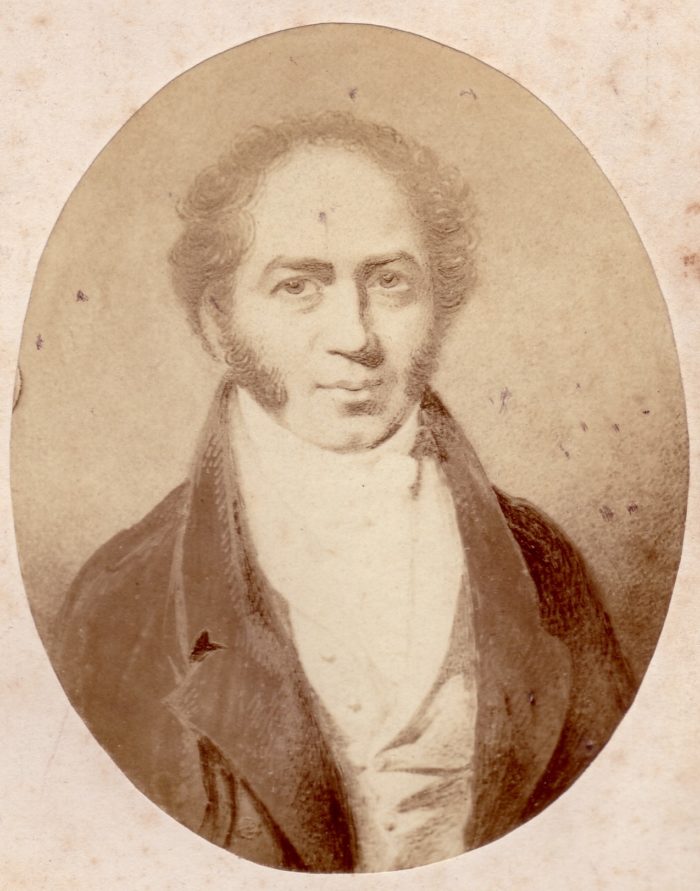
A portrait of John Lambe.
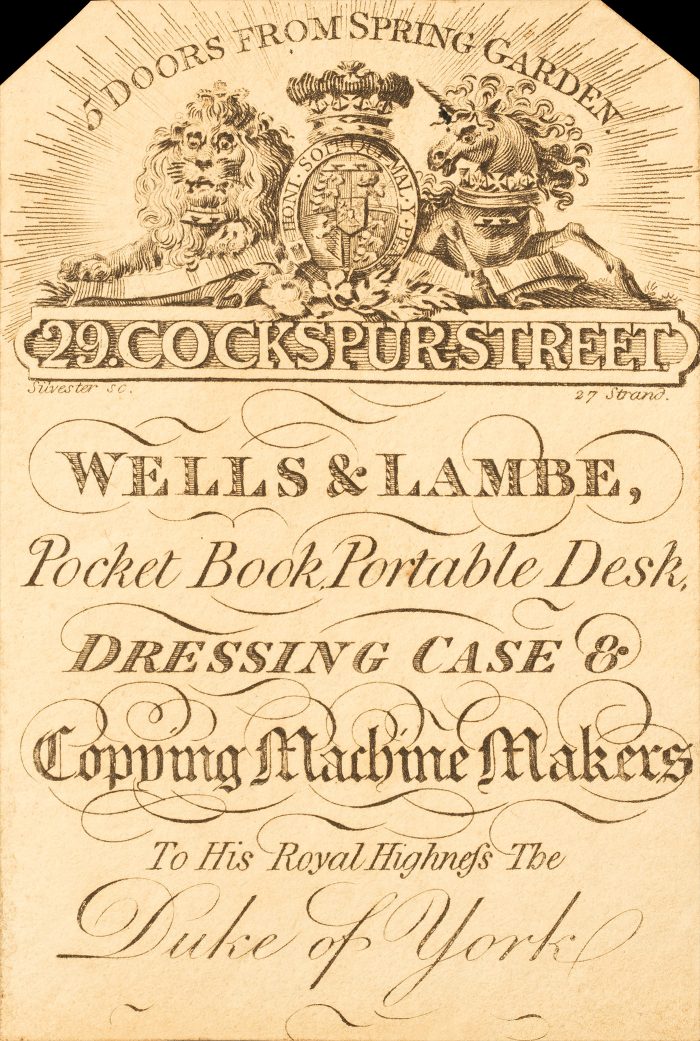
A Wells & Lambe paper manufacturer’s label from 1822.
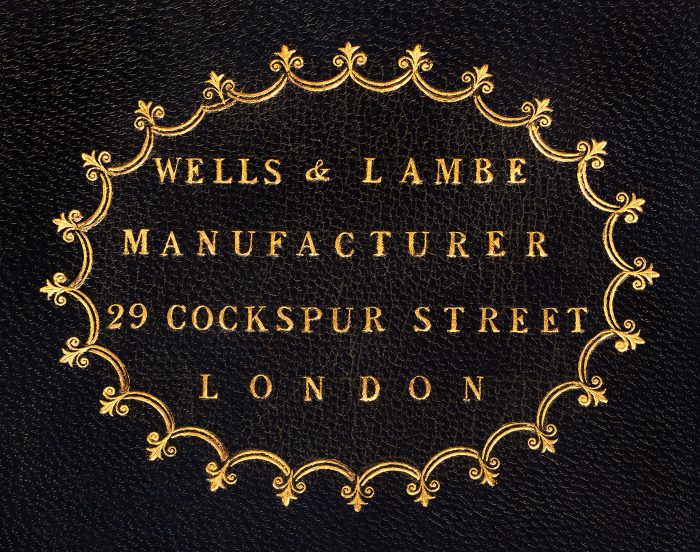
An 1813 Wells & Lambe manufacturer’s mark gold tooled onto leather from an antique jewellery box in kingwood.

‘Wells & Lambe Manufacturers To The Queen’ gold tooled manufacturer’s mark onto leather.
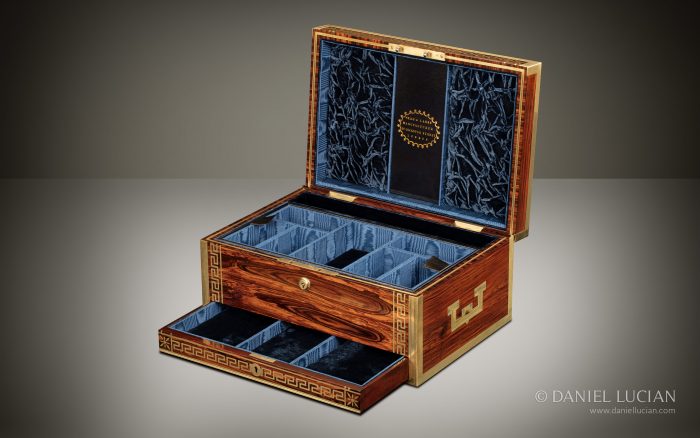
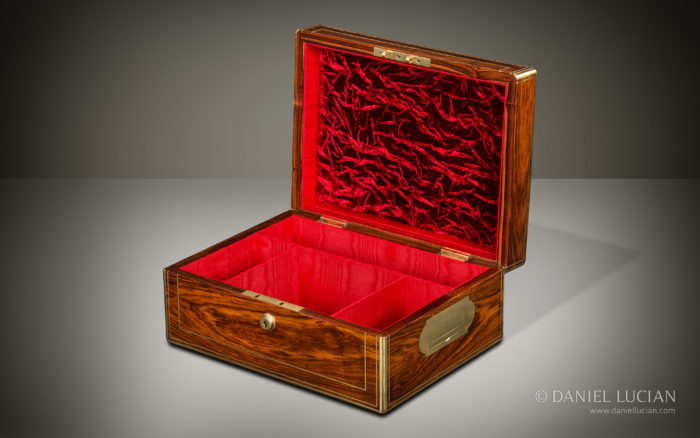
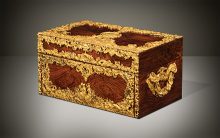 Price On Application
Price On Application